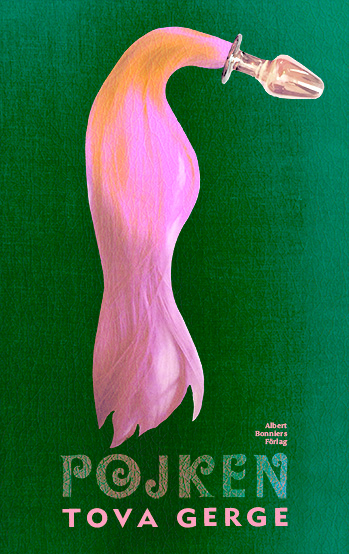Yet again something I wrote for the festival Dans ❤ Stockholm in early December 2013 – this time about On Orientations: Untimely Encounters by An Kaler.
There is a desire in reaching out to the world or letting the world come to you. It can be as great or as small as what we feel for a coffee cup, the caress of the wind or something half unknown. But this desire is also compulsive. But one that is also compulsive. We need points of orientation to move. Without knowing what constitutes space, the body or how the body moves in space, it is impossible to make sense of the movements, to tell the difference between point a and point b, to be able to distinguish the wind, the coffee and the rest. On some days, the necessity of expriencing the world through your body can seem excessively heavy. Why this particular body? Why this particular world?
In Untimely Encounters, one of several works in which Kaler explores orientation in various respects, there is an unusual ease in relation to the constraints of the points of orientation. Since the work comes into being precisely where the intention arises, in movements that precede touching, each direction retains more of its many possibilities. Where a completed movement always risks being tied to its meaning, culturally and relationally, the uncompleted movement leaves an openness as to where it is going. Is it on its way to a cheek, to a wall, into thin air? What will it do there, what will it create? It is undefined and therefore unlocked.
In some ways, Untimely Encounters is a duet – there are two bodies on stage, relating to each other. Disrobing the obligatory love story of the duet is no easy task. The very idea of two bodies on stage asks the question of how they belong together. But precisely because the work consists of a game of directions where the negotiation of each gesture is still open, where one’s own body or the other’s body, as well as the floor, walls and air, are all objects of the same open intentionality, it is also not a duet. The space and its attributes become an additional dance partner, appears in its own function as the bodies turn towards it. Distance and proximity become relative categories: Distance from what? Proximity to what?
These questions should not be mistaken for being an attempt by Untimely Encounters to disorientate the audience by assimilating the movements, rendering them meaningless beside each other. Rather, meaning is created in the relativity of direction. There is an intimacy in the incompleteness that invites those who encounter it to add bit of themselves or mirror a movement in order to understand it, to discover its origin. In this way, Untimely Encounters also involves the audience in the ostensible duet.
On certain days you can feel the friction from every direction taken. It is here the relationship between the body and surroundings is unlocked. The face touches the wind just as much as the wind touches the face, the coffee cup reaches for your hand just as much as the other way around. Such days do not alter the fact that all movement is conditioned by physical and spatial constraints. Yet, they can reveale how movements always touch something bigger than themselves, something that can never be fully overviewed, pinpointed or finished. Untimely Encounters could be an excerpt from such a day.


